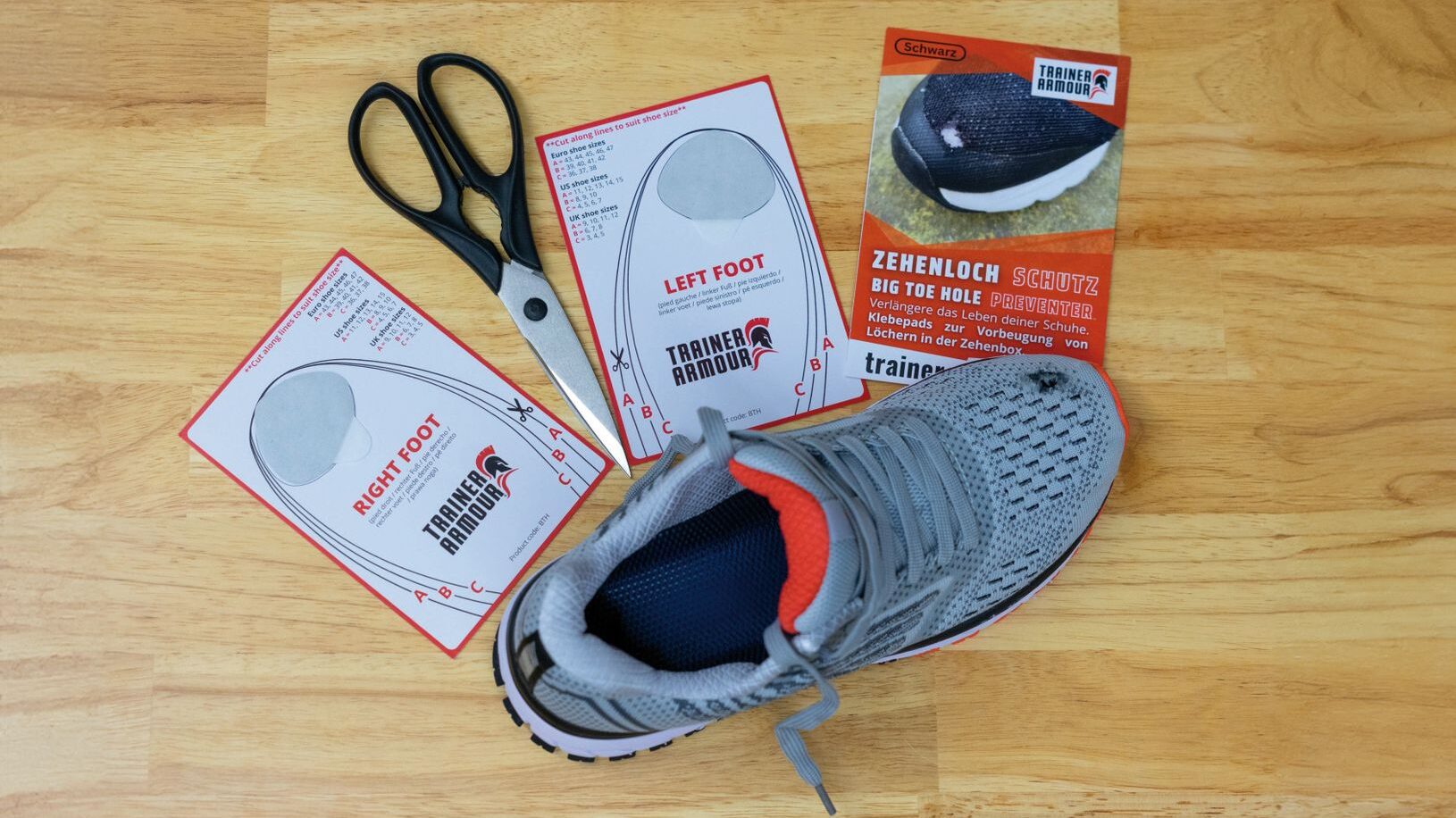Lightly and performant, mesh is the upper material of choice when it comes to running shoes. In some people, however, the material can also generate frustration, because the often expensive shoes at the front of the big toe mysteriously get holes too quickly, as Günter Klein from the agency SourcePlan knows: “Often the cause of holes in the toe box of shoes is that when the foot is rolled up, the big toe lifts when the foot is rolled out and causes friction on the mesh surface of the shoe interior. Ultimately to a hole in the mesh material. ” Studies have shown that 15 to 20% of people are affected by this malposition. Many people are not aware of this and instead made the quality of their shoes, long toenails or the wrong shoe size responsible for the holes created in the shoes, says SourcePlan. And so a running shoe, the damping of which was actually designed for around 1,000 km mileage, is no longer worn after 100 or 200 km. “I then calculate the people that a running shoe that costs 150 euros costs around 15 cents per kilometer to his entire lifespan, if you wear it until it is really broken,” explains Klein. “If he can no longer be worn after 200 kilometers, the costs are 75 cents per kilometer.” SourcePlan sells the Big Toe Prepenter product of the British company coach Armor in Germany, who can multiply the longevity of the shoes for those affected. While there are many products for patching heel holes, including coach Armor, a solution is needed for the toe to reach the area deep in the toe box at all and glue the patch to the right place. In a patented system, the Big Toe becomes more precisely, which, according to the manufacturer, is even thinner and more adhesive than the heel hole solution, sells with a template. This must be cut to your own shoe size and put in the shoe like a insole, then the patch can automatically be glued to the right place.
How the potential of the shoe is to be released






Leave a Reply